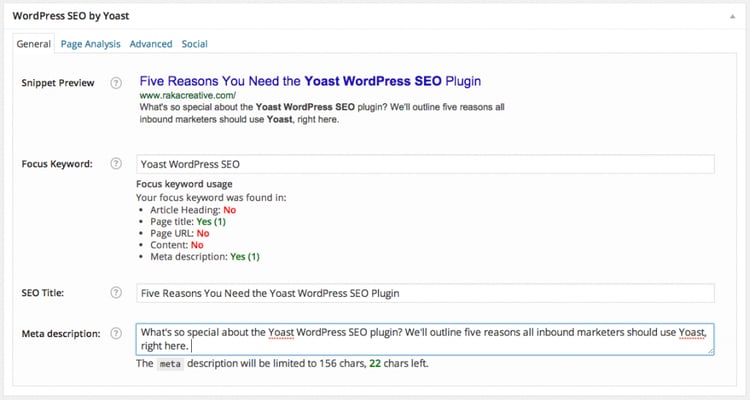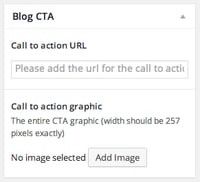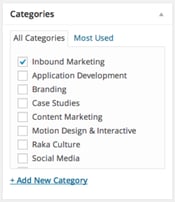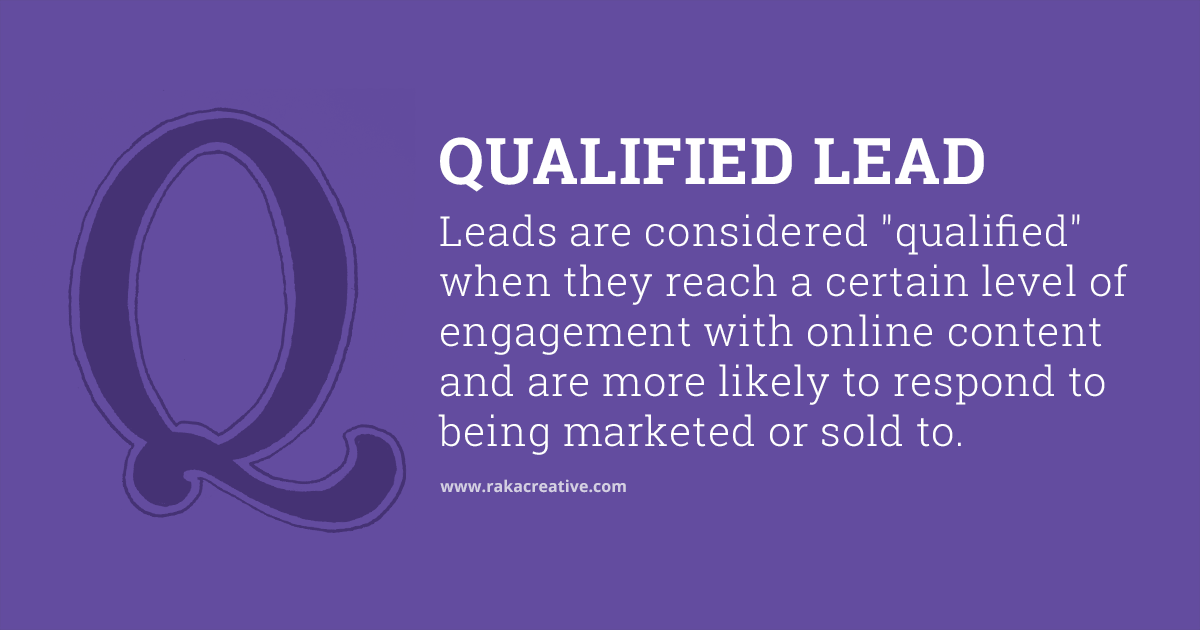It’s rare that our discussions with clients and prospects about website projects don’t include the topic of a content management systems (CMS), or some level of inbound marketing. Inbound marketing offers marketers a meaningful way to show a return on investment and more and more marketers are concerned with getting found online through blogging.
In fact, HubSpot has determined that marketers who focus on getting found online through content creation and blogging are 13 times more likely to enjoy a positive marketing ROI than those who don’t. There are lots of CMS choices out there, but the most common is WordPress. It can be a game-changing tool for inbound marketers, but only if it’s deployed properly.
A major benefit of building a WordPress website is the straightforward CMS. At the most basic level, your Wordpress CMS (which you access through your dashboard or admin panel) lets you edit most website content via a series of fields. But what if you need your website to do more?
The best inbound marketing campaigns require more support than a standard WordPress install. If you want your website to be a lead-generation tool, these tweaks can help turn your standard Wordpress CMS into an inbound marketing machine.
Yoast WordPress SEO plugin
The Wordpress SEO plugin, also known as Yoast, is a must for inbound marketers. This simple plugin lets content creators optimize all the metadata on the site. In the Advanced tab, you can manage configuration attributes like canonical links, breadcrumbs, robots.txt access, and more.
 One of our favorite things about Yoast is the snippet preview of how your metadata will appear in search results and the page-by-page analysis of your current optimization.
One of our favorite things about Yoast is the snippet preview of how your metadata will appear in search results and the page-by-page analysis of your current optimization.
Landing page templates
Ask your developer to set up at least one landing page template you can work from. This way you can build landing pages to host any offer on the fly, without having to worry about development time. The template should include:
- Fields to upload an image
- Editable form fields
- WYSIWYG fields for all text content
- Social media share buttons that open in a new dialog box or field
- A “thanks” field that displays with a #hash link (to provide access to the content offer once the form has been filled out) or a separate “thank you page” template
- File uploader connected to “download” button (to host the offer)
The template should also remove all navigation links to reduce distractions and subtly coerce submissions.
Call-to-action fields
It’s no secret that embedding CTAs directly within the content of related blog posts is a trusted strategy. But why not make it really easy to create a simple side-bar CTA, too?
 This CTA can host longer-term or featured content offers, or can show up on static website pages other than blog posts. There are a couple of ways to implement calls to action in WordPress, depending on whether or not you will be using images.
This CTA can host longer-term or featured content offers, or can show up on static website pages other than blog posts. There are a couple of ways to implement calls to action in WordPress, depending on whether or not you will be using images.
Perhaps the easiest and most versatile way to add CTAs is to have your developer create a CTA module with two very simple elements: a URL field and an image upload button. This option works best if you have a graphic designer who can create designed calls to action for you.
If you don’t have a graphic designer you can call on for your every whim, consider using a text based CTA module that will let you enter supporting copy, button text, an embed code (in case you use a third party tracking system like HubSpot) and the button URL.
Keyword categories
URLs are important factors in search rankings. That’s why it’s a good idea to set a customized permalink structure for all blog posts. One way to do this is to set blog categories based on your most important keywords.
 Each post should be assigned one main category which will become part of the URL and will inform both users and search engines how a particular piece of content relates to other content on the site.
Each post should be assigned one main category which will become part of the URL and will inform both users and search engines how a particular piece of content relates to other content on the site.
The permalink structure Raka uses to include the post category in the URL looks like this:
/blog/%category%/%postname%/
Another benefit to this URL structure is that categories become post-pages with their own web address. For example, https://www.rakacreative.com/blog/category/inbound-marketing/.
Image optimization tools
One of the most overlooked aspects of proper inbound marketing is image optimization. The way you handle your images matters for several reasons:
- Image size affects page load time, and page load time affects search engine results.
- If properly named and tagged, images can show up in image search results where there is often less competition than the text-based SERPS.
- Images increase engagement. One study by MarketMeSuite found that content with images attracted 94% more page views than content without images.
One of the image optimization best practices we outline in this post about on-page SEO is to name your files intelligently. So instead of uploading a file named DC0395.jpg, you might rename the file to inbound-marketing-graph-2015.jpg.
Image File Renaming: If you’re uploading new images, it’s easy to change the filename before you add them to the site. But if you’re attempting to optimize previously uploaded images, a plugin like Media File Renamer can save you both time and headaches.
Image File Resizing: Finally, while not a CMS tweak, download and install the free ImageOptim app. ImageOptim is a super intuitive drag-and-drop image file resizing tool for .pngs that we’ve seen reduce the size of some images by up to 58%. Smaller image files mean faster page-load times, which search engines take into consideration when determining which relevant page to rank.
Related posts
One of the easiest ways to keep users engaged and moving through your conversion path is to set related posts for all blog posts.
Because we’re inbound-obsessed here at Raka, we use a custom “related posts” field to select which posts we’d like to display.

But if you don’t need that level of control, you can use a plugin like YARPP (Yet Another Related Posts Plugin) to display related posts, pages, and post-types automatically based on page content.
We hope that’s enough to get you started. Want to learn even more about how to use inbound marketing to get found online?





